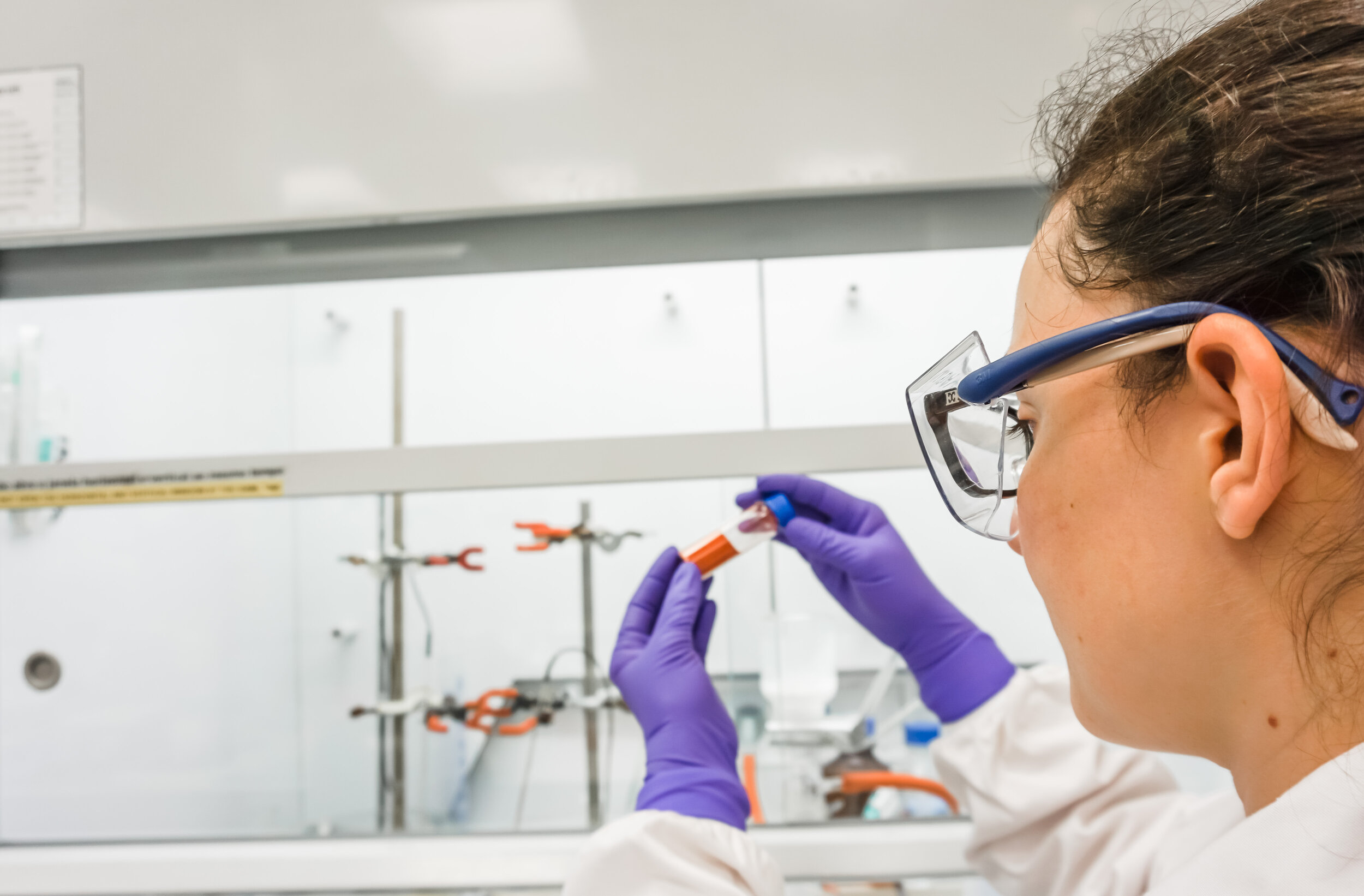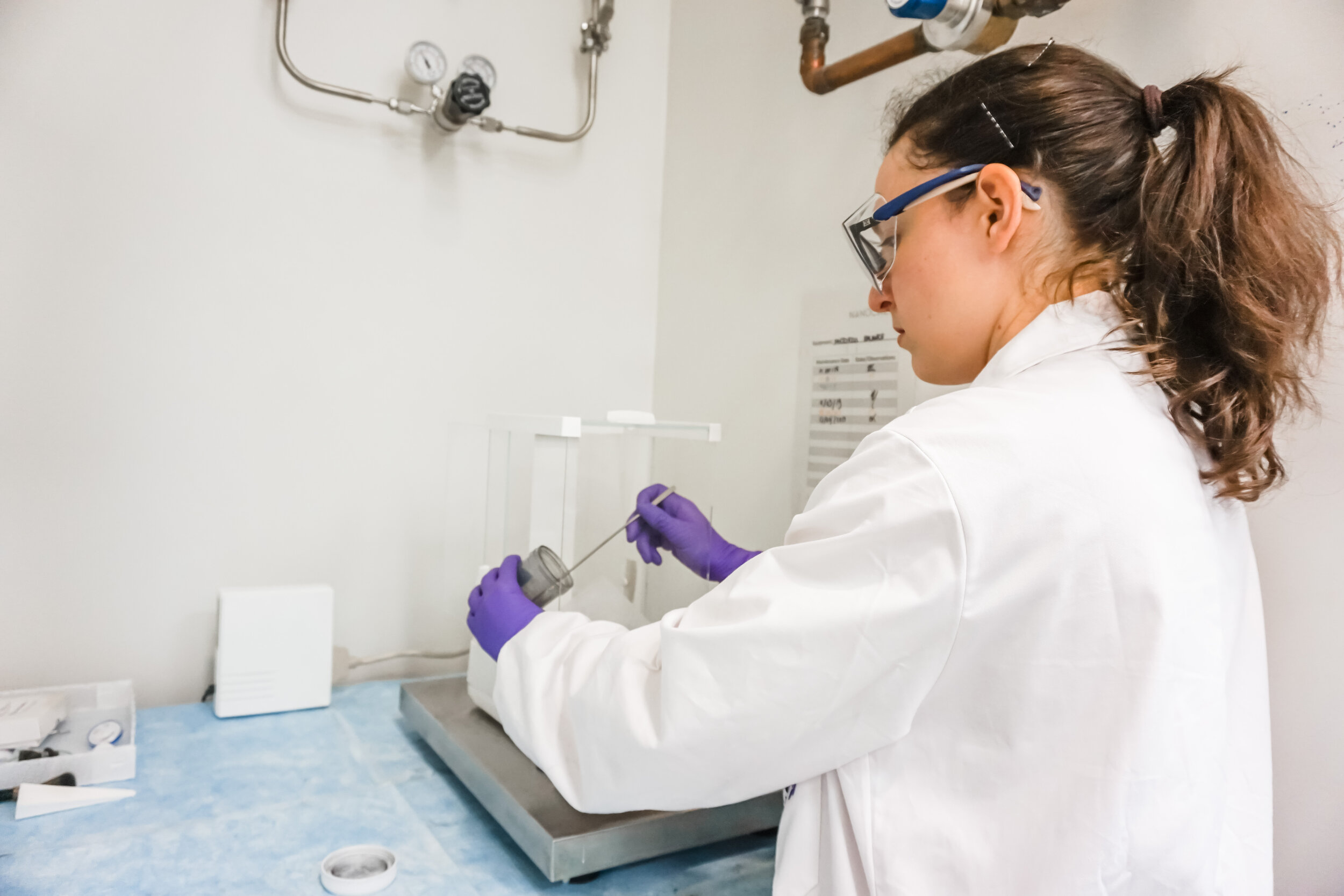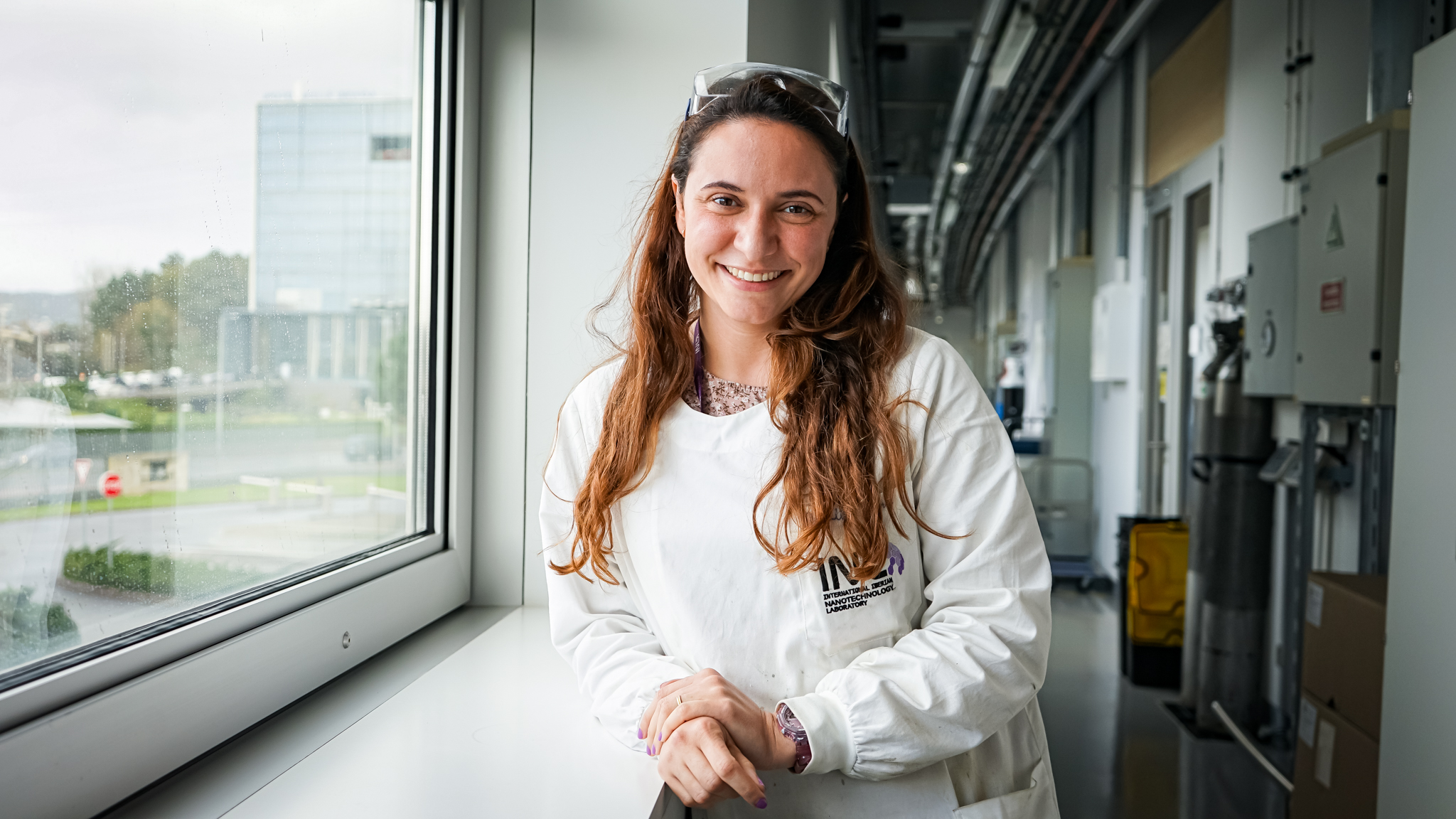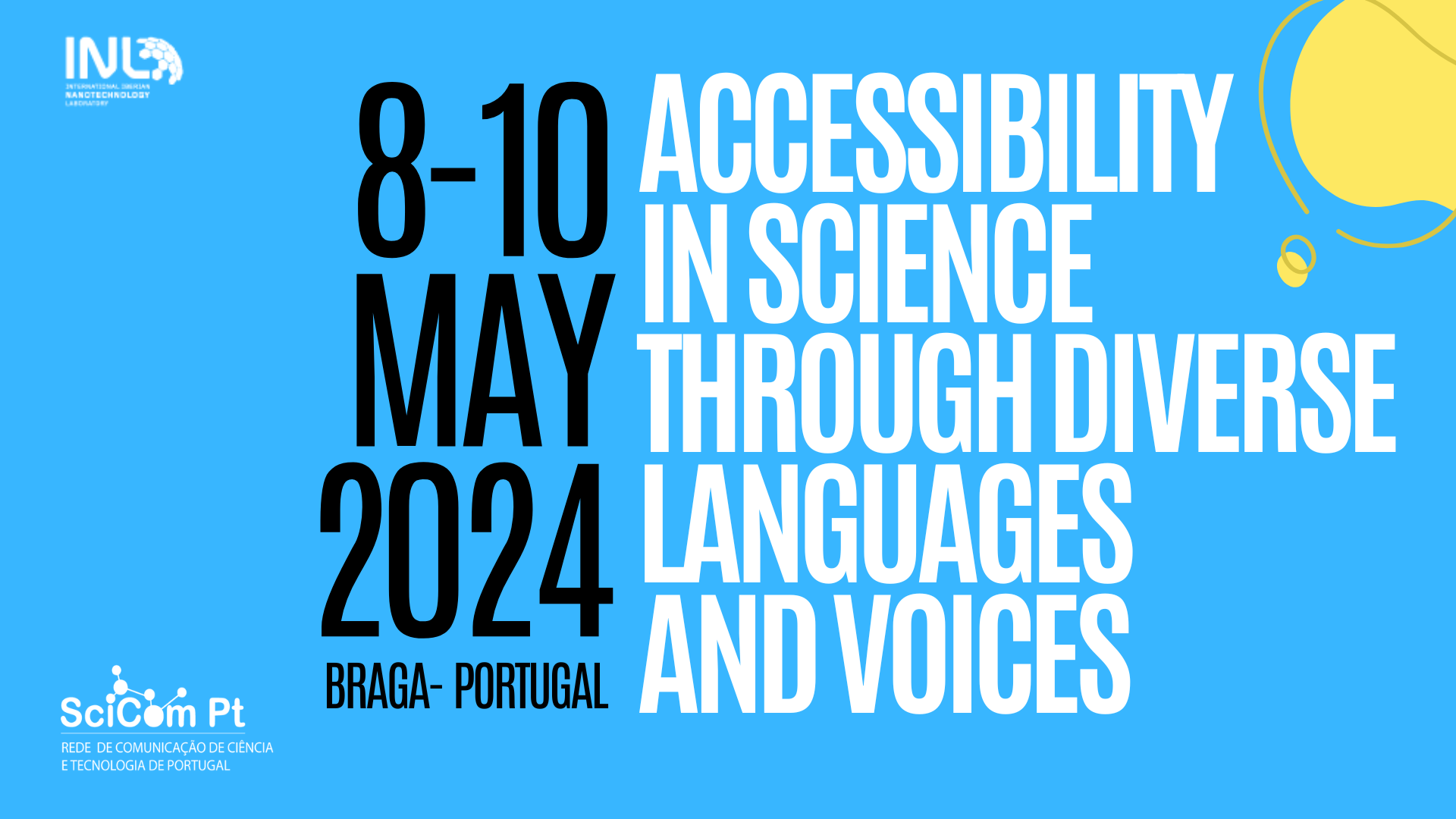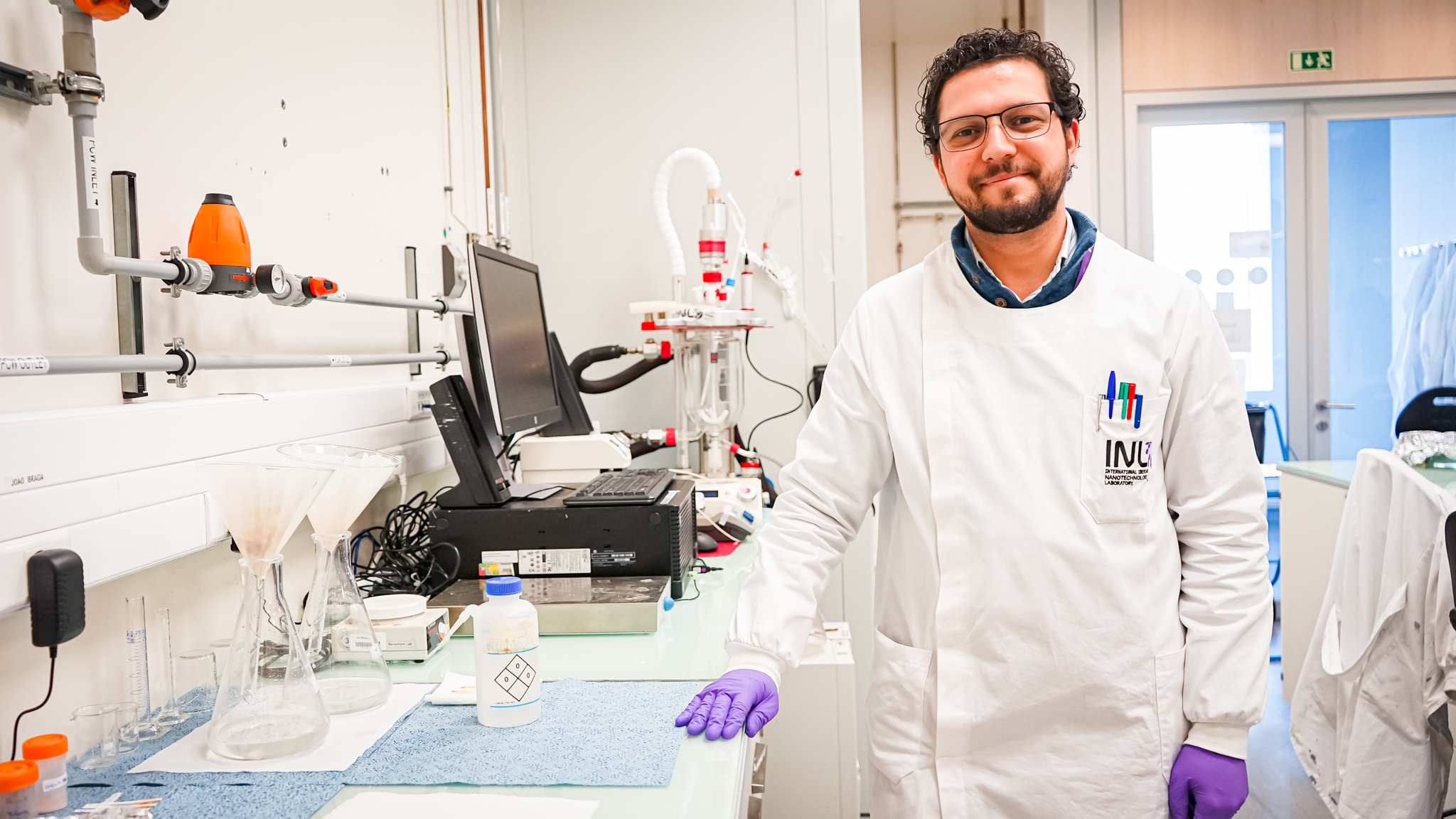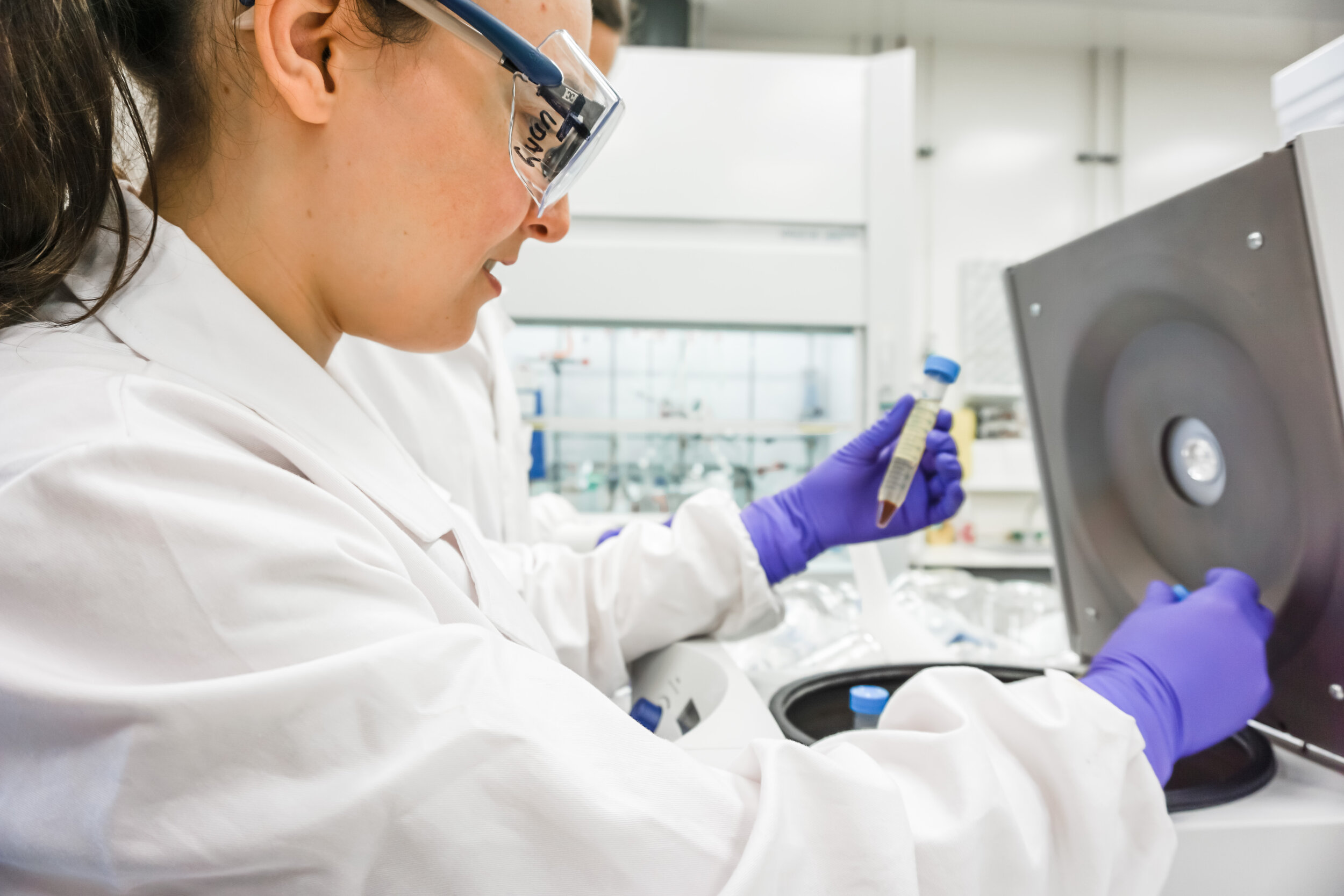
Producing electricity from wasted thermal energy, an interview with Viviana Sousa
June 18, 2021
Viviana Sousa received her Master’s in Environmental Engineering from the Faculty of Engineering of the University of Porto in 2015. Her master thesis was focused on perovskite solar cells. In 2017, she joined INL at the Nanochemistry research group to develop nanoparticle inks for CuInGaSe2 thin-film solar cells.
Currently, Viviana is a PhD student on thermoelectric materials where she has been developing expertise in nanoparticle synthesis and self-assembly. She also organised several outreach activities to promote science and renewable energy among the youngest.
Can you tell us about your path at INL and what you are working on at present?
I started at INL in 2017 at the Nanochemistry research group as a Research Fellow on the PrintPV Project. My goal was to developed thin-film photovoltaics based on a screen-printed Cu(In, Ga)Se2 absorber layer. Here, I also had the opportunity to perform several outreach activities for children to promote science awareness, especially on solar energy.
Later, in 2019, I integrated the Chemitek project where we successfully developed a paint formulation with enhanced hydrophobicity to avoid biofouling accumulation on ships’ hulls without using biocides.
Finally, in December 2019, I started my PhD in “Unconventional Thermoelectrics Based on Self-Organized Nanocrystal Superlattices” under Professor Pedro Alpuim and Dr Yury Kolen´ko supervision. At the moment, I am developing thermoelectric materials for thin-film thermoelectric applications.
Why did you decide to take a PhD on “Unconventional Thermoelectrics Based on Self-Organized Nanocrystal Superlattices”?
After two years at the PrintPV Project and a previous master thesis on perovskite solar cells, I decided to focus my research on energy materials for thin-film semiconductors. Thermoelectrics are exciting materials that can produce electricity from wasted thermal energy. Still, further research is needed to achieve an efficient and sustainable thermoelectric material. Nanocrystals revealed to be an interesting approach since they can self-organize into thin-film structures to decrease thermal conductivity and enhance thermoelectric device efficiency (zT). To pursue my goals, I joined efforts with the 2D Materials and Devices group as well as the Nanochemistry research group. Both Pedro Alpuim and Yury Kolen’ko accepted my challenge.
How would you explain the importance of your work area to a non-scientific person?
Thermoelectrics are an incredible technology that can transform temperature differences into electricity or vice-versa. Given that, this technology can be used, for instance, to create wearables capable of charging our phones just with our body heat. To create these wearables, we need a very specific material that is capable of taking advantage of the thermal energy that our body rejects and transform it into electrical energy. The self-organized nanocrystals understudy might be the perfect thread to knit this technology.
What inspires you and excites you about science and how can you inspire future students to follow this path?
I enjoy the laboratory life: mixing components with the everlasting possibility of creating something new and exciting. Besides that, science brought me the opportunity to meet new people from different countries and to expand my scientific network. This allowed me to learn about other cultures, which I also enjoy.
Moreover, a lot of new and electrifying information is flowing every day in the science community. I truly believe that researchers are the leading reference to define this transition to clean energy that our planet so much needs. Even if I’m simply a drop in the vast ocean that is Science, I’m very glad to contribute to that change.
